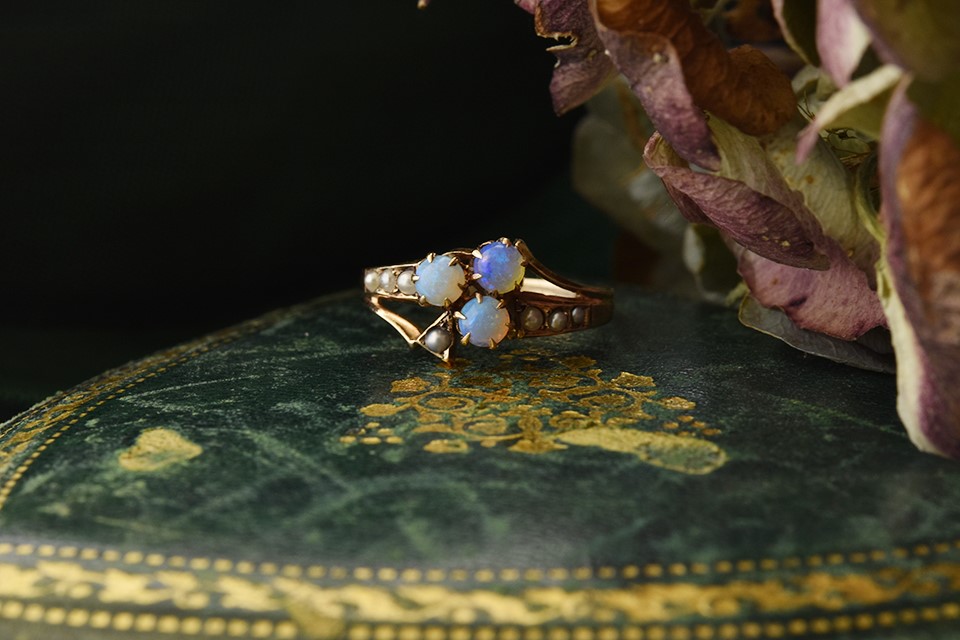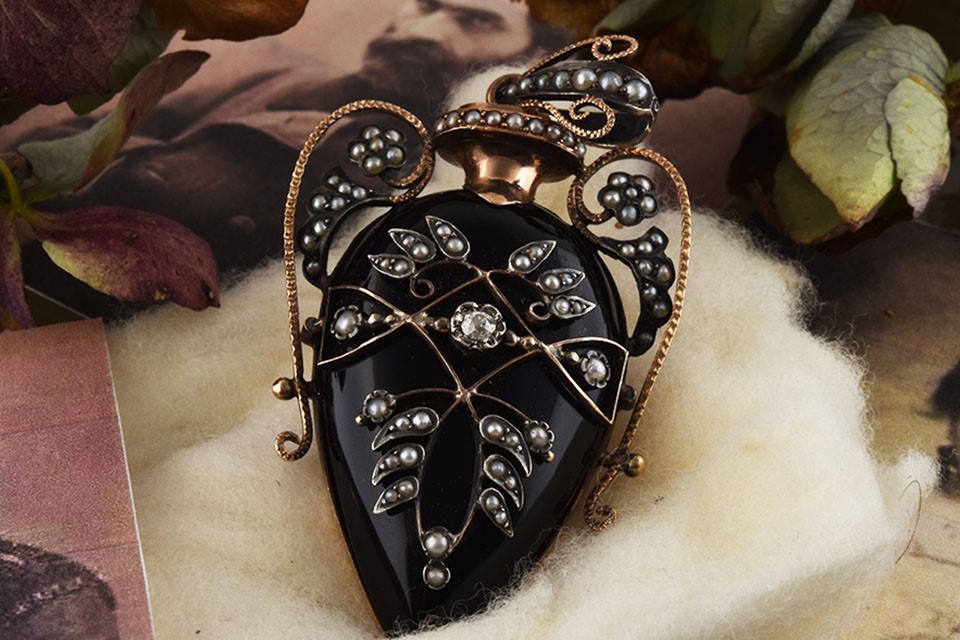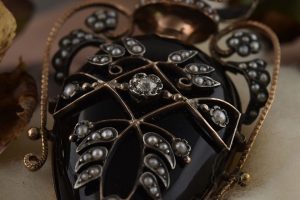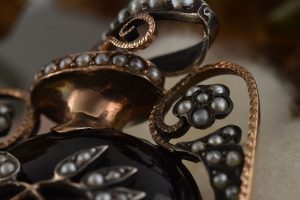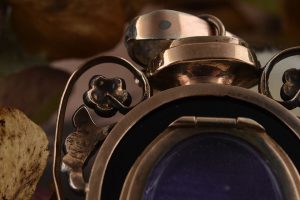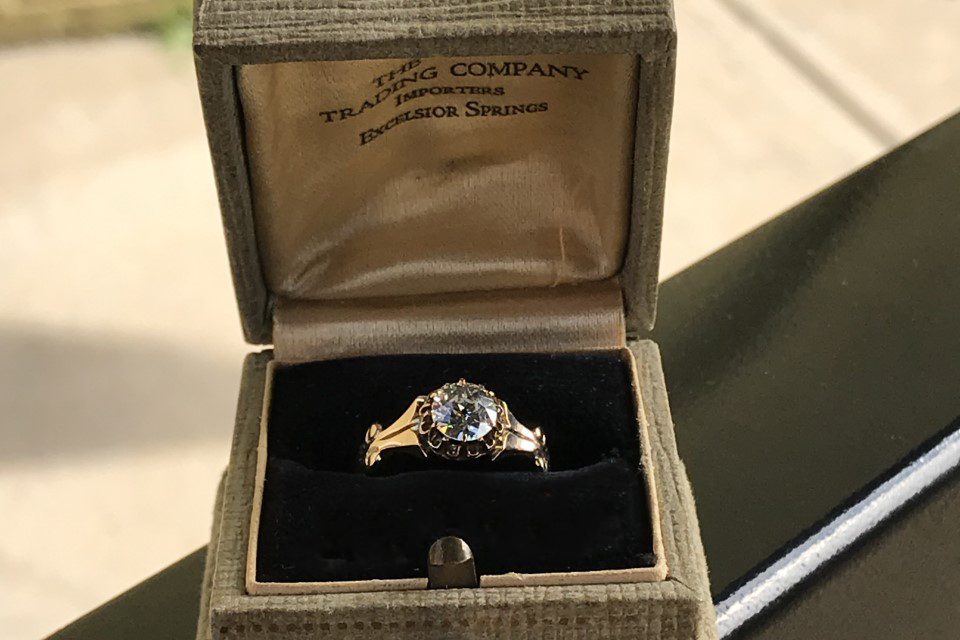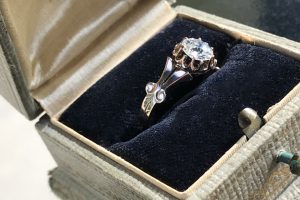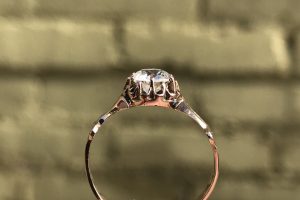Joden Girl
Baubles, Bling, and A Collector’s Things
Victorians were incredibly superstitious. Many of these unusual beliefs were related to death. Before the traditional funeral homes that we know today, wakes were held in the home. This time of mourning lasted several days, often to confirm that the person had actually passed and wasn’t in a coma. During this time, every mirror in the house was covered. This was to prevent the spirit from being forever trapped inside the mirror.
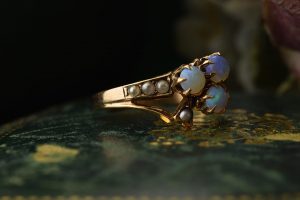
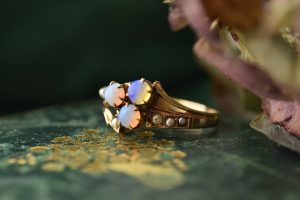
Once the actual funeral procession began, Victorian believed it was bad luck to cross paths with it. In fact, even if you were headed the opposite direction on the same road, you had to turn around and go the other direction to avoid the succession of mourners altogether. In the rare instance that this was not possible, if you held fast to a button, you just might be able to ward off the negative aura.
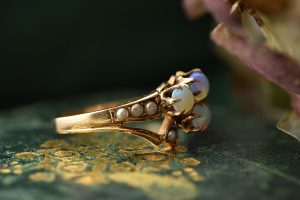
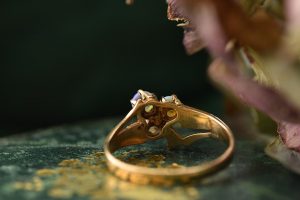
Many Victorians also dreaded the death omen… these could come in many forms:
- Seeing yourself in your dreams
- Spotting an owl in the daytime
- Seeing a sparrow land on a piano
- Finding a single snowdrop in the garden
Because of all of these superstitions and bad omens, Victorians sought out symbols of luck and good fortune… like the clover and the horseshoe. These two emblems became a recurring theme during the 1800’s. We often find them on brooches and small pins. When this sweet little ring appeared, we nabbed it! This authentic piece features a petite three petaled clover in the center. The leaves are created from a trio of cabochon opals. Tiny seed pearls dot the stem of the clover and the shank of the ring. These three leaves symbolize everything anyone could ever need – a little bit of hope, a lot of faith, and unending love. What better way to protect yourself from foreboding dangers than this lovely ring… priced to sell at just $280.
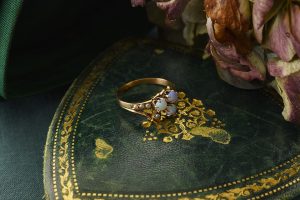
“You can go to a museum and look, or come to us and touch.”
Written by Carrie Martin
Photos by Dana Jerpe

